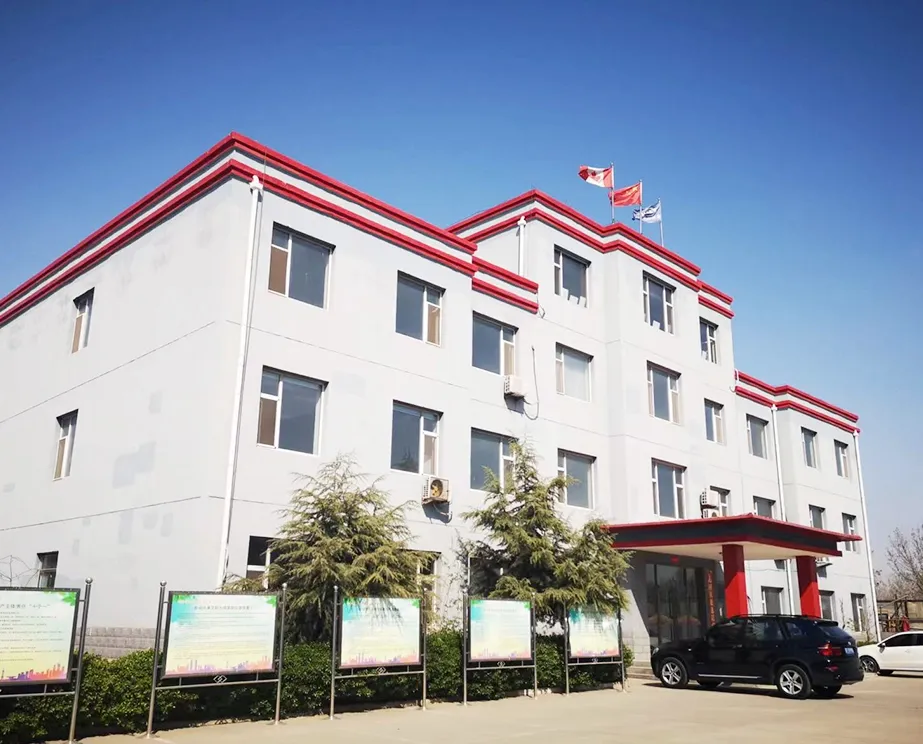- Afrikaans
- Albanian
- Amharic
- Arabic
- Armenian
- Azerbaijani
- Basque
- Belarusian
- Bengali
- Bosnian
- Bulgarian
- Catalan
- Cebuano
- Corsican
- Croatian
- Czech
- Danish
- Dutch
- English
- Esperanto
- Estonian
- Finnish
- French
- Frisian
- Galician
- Georgian
- German
- Greek
- Gujarati
- Haitian Creole
- hausa
- hawaiian
- Hebrew
- Hindi
- Miao
- Hungarian
- Icelandic
- igbo
- Indonesian
- irish
- Italian
- Japanese
- Javanese
- Kannada
- kazakh
- Khmer
- Rwandese
- Korean
- Kurdish
- Kyrgyz
- Lao
- Latin
- Latvian
- Lithuanian
- Luxembourgish
- Macedonian
- Malgashi
- Malay
- Malayalam
- Maltese
- Maori
- Marathi
- Mongolian
- Myanmar
- Nepali
- Norwegian
- Norwegian
- Occitan
- Pashto
- Persian
- Polish
- Portuguese
- Punjabi
- Romanian
- Russian
- Samoan
- Scottish Gaelic
- Serbian
- Sesotho
- Shona
- Sindhi
- Sinhala
- Slovak
- Slovenian
- Somali
- Spanish
- Sundanese
- Swahili
- Swedish
- Tagalog
- Tajik
- Tamil
- Tatar
- Telugu
- Thai
- Turkish
- Turkmen
- Ukrainian
- Urdu
- Uighur
- Uzbek
- Vietnamese
- Welsh
- Bantu
- Yiddish
- Yoruba
- Zulu
Exploring Steel Coupling Applications in Structural Engineering and Design Innovations
Understanding Steel Coupling An Integral Component in Engineering
Steel coupling is a crucial component in various fields of engineering, particularly in construction, manufacturing, and mechanical systems. By providing a reliable connection between different parts of a structure or machine, steel couplings enhance performance, provide flexibility in design, and ensure durability under various conditions. This article explores the types, uses, advantages, and considerations involved in employing steel couplings.
What is Steel Coupling?
Steel coupling refers to a device used to connect two shafts or pipelines, ensuring efficient transfer of torque and rotation or the passage of fluids. They can be found in an array of applications, including mechanical machinery, automotive systems, and plumbing. The effectiveness of a coupling will depend on its design, the materials used, and how well it is suited to the operational requirements.
Types of Steel Couplings
There are several types of steel couplings, each tailored for specific applications
1. Rigid Couplings These couplings provide a fixed connection between two shafts without any allowance for axial or angular misalignments. They are suitable for applications where high precision is required, such as in motors and generators.
2. Flexible Couplings These are designed to accommodate misalignments and vibrations. They can absorb shock loads and torque fluctuations, making them ideal for applications in industries like automotive and manufacturing.
3. Oldham Couplings Oldham couplings are distinct for their ability to handle axial misalignment. They consist of three pieces two outer hubs and a center disc. This design allows for angular misalignment compensation.
4. Universal Couplings Used mainly in drive shafts, universal couplings allow for the transfer of motion and torque at an angle. They are essential in scenarios where the connected shafts are not collinear.
Advantages of Steel Couplings
Steel couplings offer several benefits compared to couplings made from other materials
steel coupling

1. Strength and Durability Steel is known for its high tensile strength and resistance to wear and tear. This makes steel couplings a reliable choice in high-load applications.
2. Versatility With various designs and sizes available, steel couplings can be employed in numerous engineering applications, from heavy machinery to light vehicles.
3. Cost-Effectiveness While the initial investment in steel couplings may be higher than other materials, their longevity and resilience often lead to lower overall costs since they require less frequent replacement.
4. Ease of Maintenance Steel couplings are relatively easy to maintain, and any issues that arise can often be resolved with minimal downtime, a crucial factor in industrial settings where efficiency is paramount.
Considerations When Using Steel Couplings
While steel couplings have many advantages, certain considerations must be kept in mind
1. Proper Sizing Ensuring that the coupling is the appropriate size for both shafts is critical for optimal performance. Incorrect sizing can lead to increased stress and potential failure.
2. Alignment Even flexible couplings have limits regarding misalignment. Proper installation and regular checks are essential to prevent issues down the line.
3. Environmental Factors Steel couplings may be susceptible to corrosion if exposed to moisture or harsh chemicals. Using coated steel or stainless steel can mitigate this risk, but it is an added cost that must be evaluated against performance needs.
4. Cost vs. Performance While steel couplings are generally a good investment, it's critical to analyze whether their characteristics align with the project requirements and budget constraints.
Conclusion
In conclusion, steel couplings play a pivotal role in many engineering applications. Their strength, durability, and versatility make them a preferred choice in fields ranging from automotive to manufacturing. However, the successful application of steel couplings requires careful consideration of design, alignment, size, and environmental factors. By understanding these elements, engineers can leverage the full potential of steel couplings to enhance operational efficiency and ensure system reliability. As technology progresses, further innovations in steel coupling design and functionality can be expected, contributing to ever more robust engineering solutions.
-
Tubing Pup Joints: Essential Components for Oil and Gas OperationsNewsJul.10,2025
-
Pup Joints: Essential Components for Reliable Drilling OperationsNewsJul.10,2025
-
Pipe Couplings: Connecting Your World EfficientlyNewsJul.10,2025
-
Mastering Oilfield Operations with Quality Tubing and CasingNewsJul.10,2025
-
High-Quality Casing Couplings for Every NeedNewsJul.10,2025
-
Boost Your Drilling Efficiency with Premium Crossover Tools & Seating NipplesNewsJul.10,2025







